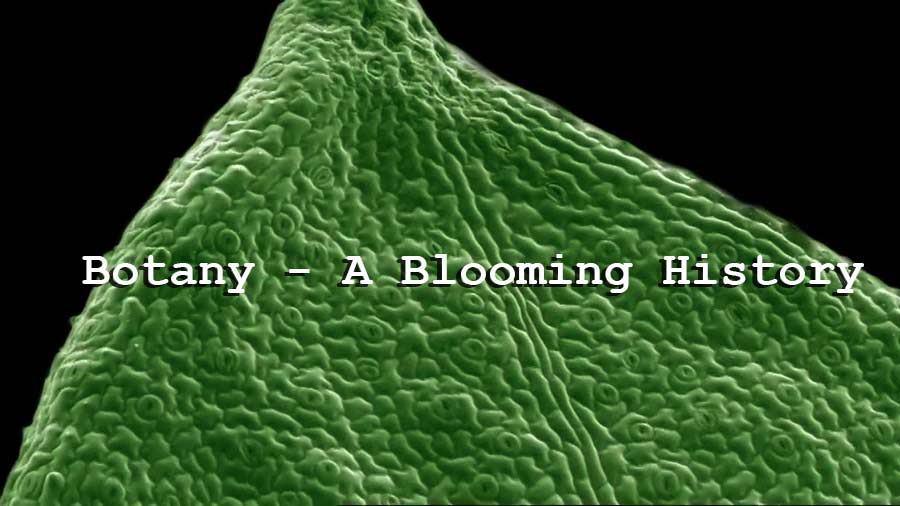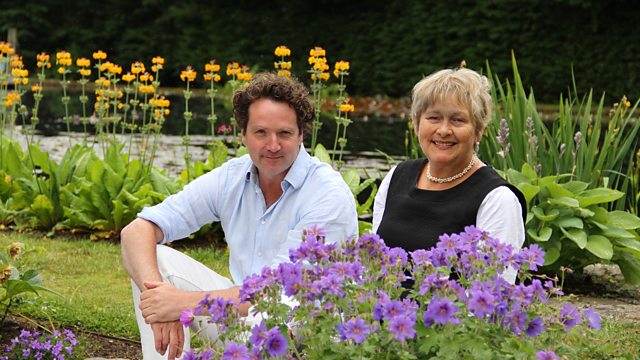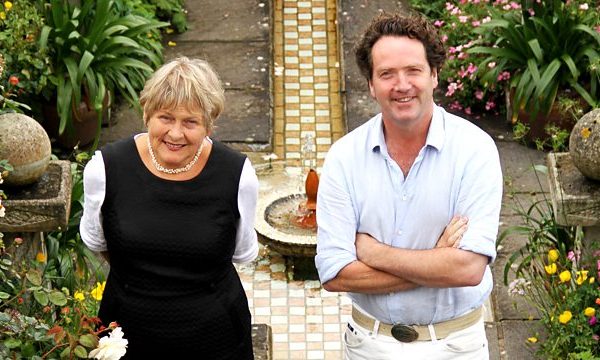Botany – A Blooming History episode 2 – Photosynthesis: The air we breathe, and all the food we eat, is created from water, sunlight, carbon dioxide and a few minerals. That’s it, nothing else. It sounds simple, but this process is one of the most fascinating and complicated in all of science. Without it there could be no life on earth. It’s that important.
For centuries people believed that plants grew by eating soil. In the 17th century, pioneer botanists began to make the connection between the growth of a plant and the energy from the sun. They discovered how plants use water, sunlight and carbon dioxide to produce sugars – how, in fact, a plant grows.
The process of photosynthesis is still at the heart of scientific research today. Universities across the world are working hard to replicate in the lab what plants do with ruthless efficiency. Their goal is to produce a clean, limitless fuel and if they get it right it will change all our lives.
Botany – A Blooming History episode 2 – Photosynthesis
Photosynthesis is a process used by plants and other organisms to convert light energy into chemical energy that can later be released to fuel the organisms’ activities. This chemical energy is stored in carbohydrate molecules, such as sugars, which are synthesized from carbon dioxide and water – hence the name photosynthesis, from the Greek phōs, “light”, and sunthesis, “putting together”. In most cases, oxygen is also released as a waste product. Most plants, most algae, and cyanobacteria perform photosynthesis; such organisms are called photoautotrophs. Photosynthesis is largely responsible for producing and maintaining the oxygen content of the Earth’s atmosphere, and supplies most of the energy necessary for life on Earth.
Although photosynthesis is performed differently by different species, the process always begins when energy from light is absorbed by proteins called reaction centres that contain green chlorophyll pigments. In plants, these proteins are held inside organelles called chloroplasts, which are most abundant in leaf cells, while in bacteria they are embedded in the plasma membrane. In these light-dependent reactions, some energy is used to strip electrons from suitable substances, such as water, producing oxygen gas.
The hydrogen freed by the splitting of water is used in the creation of two further compounds that serve as short-term stores of energy, enabling its transfer to drive other reactions: these compounds are reduced nicotinamide adenine dinucleotide phosphate (NADPH) and adenosine triphosphate (ATP), the “energy currency” of cells.




